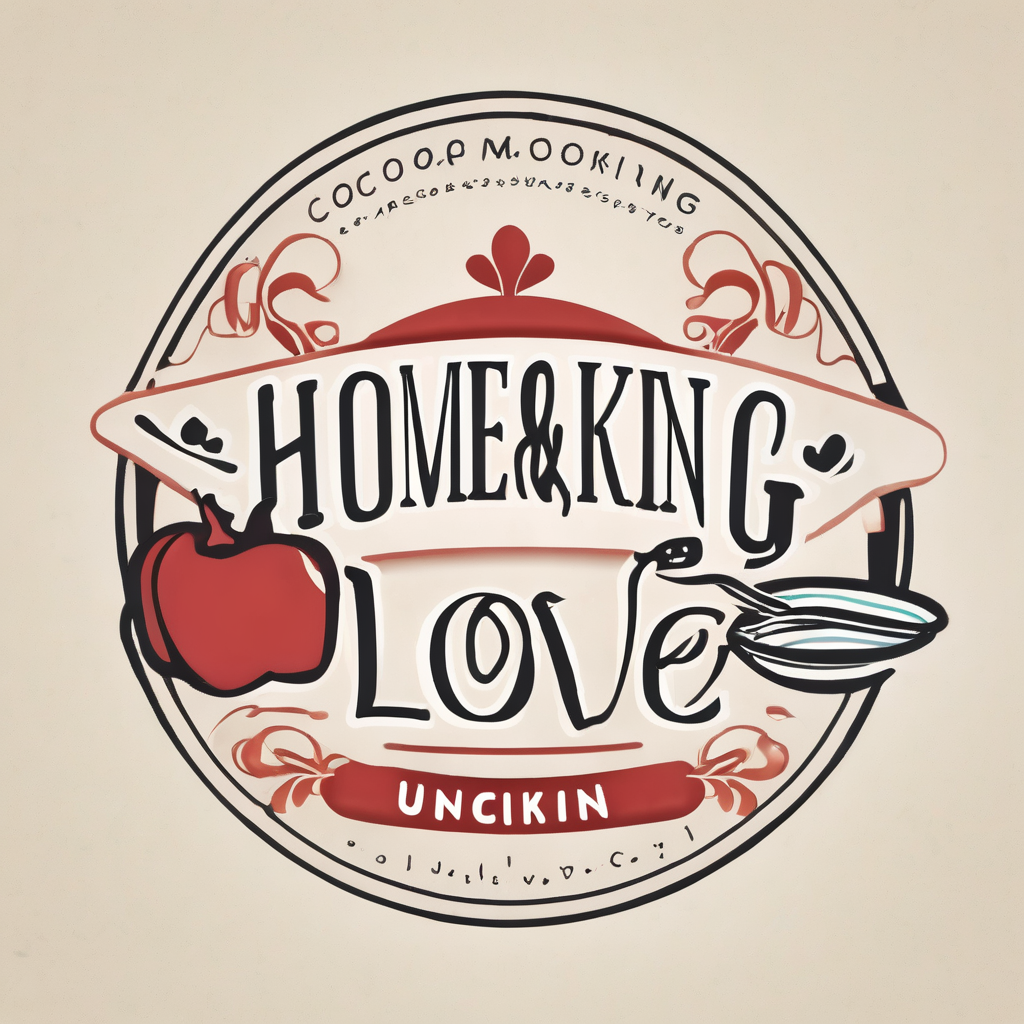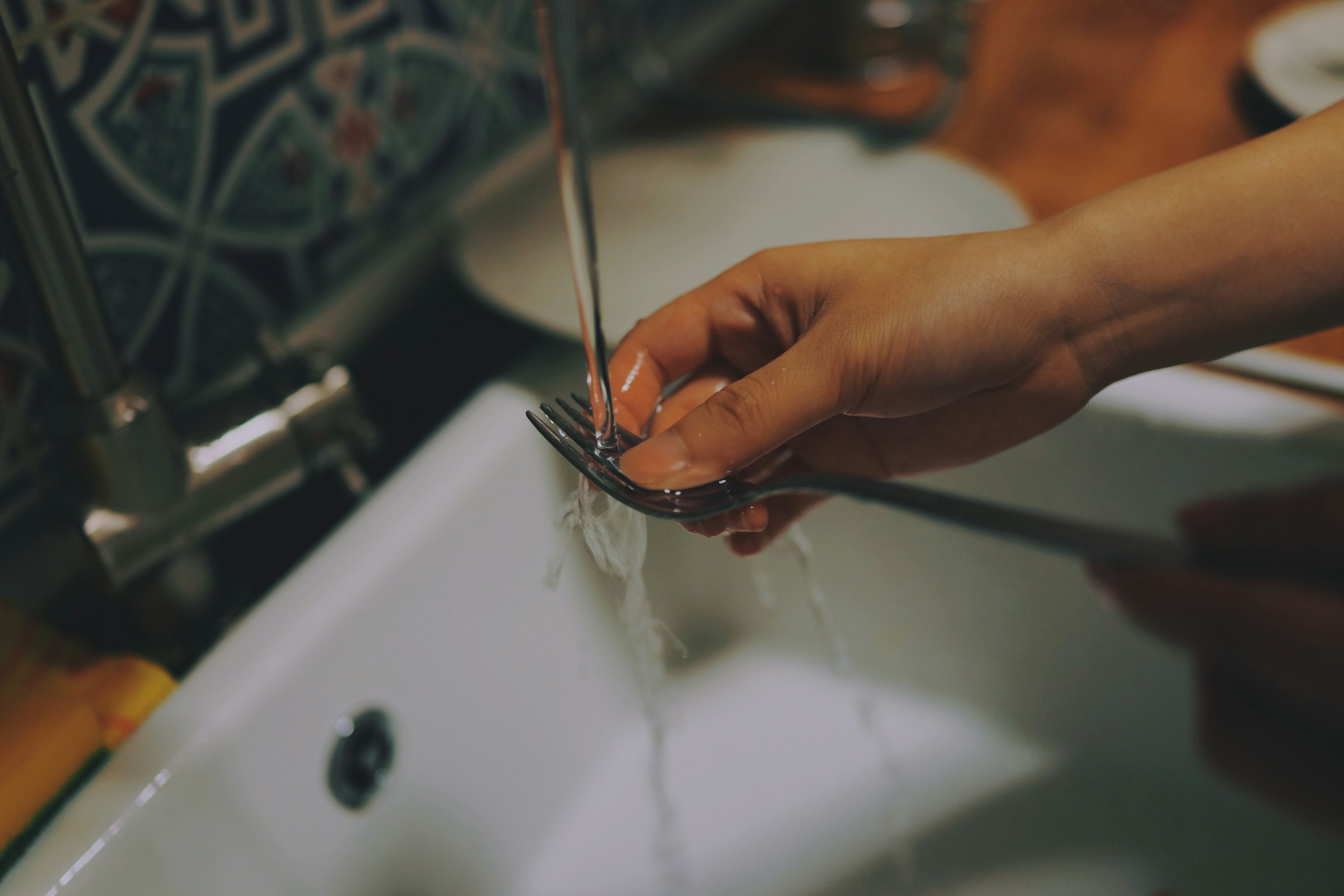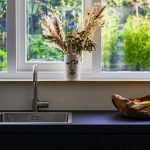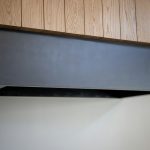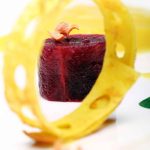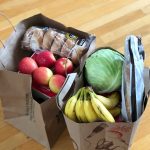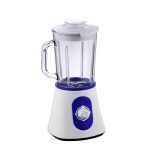Top Strategies for Minimizing Water Consumption in a Multi-Tap Kitchen
In today's world, where water conservation is more crucial than ever, optimizing water use in your kitchen is a step in the right direction. Here’s a comprehensive guide on how to minimize water consumption in a multi-tap kitchen, ensuring you save water, energy, and money while maintaining a functional and efficient kitchen space.
Understanding the Importance of Water Conservation
Before we dive into the strategies, it's essential to understand why water conservation is vital. Water is a precious resource, and its conservation has significant environmental, economic, and health benefits. Here are a few key points to consider:
Additional reading : Top Strategies to Safeguard Your Kitchen: Child-Proofing Sharp Corners for a Safer Home
- Environmental Impact: Conserving water helps reduce the strain on water treatment plants and decreases the amount of energy used to pump and treat water. This, in turn, reduces greenhouse gas emissions and helps protect aquatic ecosystems.
- Economic Benefits: Saving water can significantly lower your water and energy bills. For instance, installing low-flow faucets can save up to 700 gallons of water per year, which translates into substantial savings on your utility bills.
- Health Benefits: Using clean and efficient water systems can reduce the risk of waterborne diseases and ensure that the water you use is safe for drinking, cooking, and other household needs.
Identifying Key Indicators for Tap Replacement
One of the first steps in minimizing water consumption is to ensure your kitchen taps are in good condition. Here are some key indicators that suggest it’s time to replace your kitchen taps:
Ongoing Leaks: A Sign of Wear
Ongoing leaks are a clear sign that your tap needs replacement. While small leaks can sometimes be repaired, persistent leaks often indicate deeper problems such as worn-out seals, corrosion, or damage to internal parts. Ignoring these leaks can lead to higher water bills and potential water damage to your kitchen fixtures and cabinetry.
Topic to read : Top Tips for a Flawless Kitchen Backsplash Installation: Best Practices You Need to Know!
Difficulty in Operating the Tap
If you find it difficult to turn your tap on or off, or if the handles are stiff or loose, it may be time to replace the tap. Over time, internal components can rust or accumulate mineral deposits, making the tap harder to operate. Replacing the tap with a new one, especially if it's an older model, can be more efficient than continuous repairs.
Visible Rust or Mineral Buildup
Rust or mineral buildup on your tap is not only aesthetically unpleasing but also a sign of degradation. Rust can lead to leaks and structural failure, while mineral buildup can restrict water flow. Upgrading to a modern tap with finishes like brushed nickel, chrome, or matte black can enhance the look of your kitchen and ensure better functionality and water efficiency.
Installing Low-Flow Taps and Fixtures
One of the most effective ways to reduce water consumption in your kitchen is by installing low-flow taps and fixtures.
How Low-Flow Taps Work
Low-flow taps use various design options to maintain water pressure while reducing the volume of water used. Here are some key features:
- Aerators: Many low-flow faucets feature aerators that mix air with water to maintain pressure while reducing the flow rate. For example, old faucets can use up to 2.2 gallons per minute (gpm), while low-flow faucets can reduce this to 1.5 gpm or less.
- Flow Restrictors: These devices control the amount of water that passes through the faucet, ensuring there is no significant drop in pressure.
- Dual-Flush Technology: Although more commonly associated with toilets, some kitchen sinks now come with dual-flush options or sensors that optimize water use based on the task at hand.
Benefits of Low-Flow Fixtures
Here are some of the benefits you can expect from installing low-flow fixtures:
- Decreased Water Waste: Low-flow faucets can save up to 700 gallons of water per year, significantly reducing water waste.
- Slashing Water Bills: By using less water, you can cut your monthly utility bills. For example, a WaterSense-labeled showerhead can save 4 gallons of water each time you shower.
- Lower Water Heating Costs: Using less water for daily chores means you also use less hot water, which reduces your energy consumption and costs.
- Longer Plumbing System Life Span: Reduced water flow means less strain on your plumbing system, potentially extending its life and decreasing the need for repairs.
Practical Tips for Reducing Water Consumption
Here are some practical tips to help you reduce water consumption in your kitchen:
Turn Off Taps When Not in Use
One of the simplest ways to save water is to turn off the taps when not in use. Whether you're brushing your teeth, washing your hands, or scrubbing dishes, make sure the tap is off when you're not actively using it.
Use Dual-Flush Toilets Properly
If you have a dual-flush toilet, ensure everyone in the household understands how to use it correctly. Use the half-flush button for liquid waste and the full flush for solid waste. This can significantly reduce water usage.
Fix Leaks Promptly
A single tap leak at one drip per second can waste more than 3,000 gallons of water in a year. Fixing leaks promptly is crucial to saving water and reducing your water bills.
Use Water-Efficient Appliances
When purchasing new appliances, look for those with water-efficient features. For example, dishwashers with the WaterSense label use significantly less water than traditional models.
Ensuring Lead-Free Taps
When replacing your kitchen taps, it's also important to ensure they are lead-free to maintain water quality and safety.
Understanding Lead in Taps
Before 1997, many faucets were made of brass or chrome-plated brass, which contained up to 8% lead. This could lead to lead leaching into the water, especially if the water sat for several hours or overnight. However, regulations since 2014 mandate that all faucets contain no more than 0.25% lead on the wetted surface.
Choosing Lead-Free Taps
Look for faucets certified by organizations like NSF International, which guarantee the tap’s compatibility and safety with water filtration systems. Some manufacturers also produce plastic faucets or use alternative metals to minimize or eliminate lead leaching.
Table: Comparison of Traditional and Low-Flow Fixtures
Here is a comparative table to help you visualize the differences between traditional and low-flow fixtures:
| Fixture Type | Traditional Flow Rate | Low-Flow Flow Rate | Potential Savings |
|---|---|---|---|
| Faucets | Up to 2.2 gpm | 1.5 gpm or less | Up to 700 gallons/year |
| Showerheads | Up to 2.5 gpm | 2.0 gpm or less | Up to 4 gallons/shower |
| Toilets | Up to 7 gpf | 1.6 gpf or less | Up to 30% reduction in water usage |
Additional Strategies for Water Conservation
Here are some additional strategies to help you conserve water in your kitchen:
Use Tap Aerators
Tap aerators mix air with water to maintain pressure while reducing the flow rate. This is a simple and cost-effective way to save water without compromising on performance.
Implement Greywater Systems
Greywater systems reuse water from sinks, showers, and washing machines for irrigation and other non-potable purposes. This can significantly reduce your overall water consumption.
Educate Household Members
Educating everyone in the household about the importance of water conservation and how to use water efficiently can make a big difference. Simple habits like turning off the tap while brushing teeth or washing hands can add up to significant savings.
Minimizing water consumption in a multi-tap kitchen is not just about saving money; it's about contributing to a more sustainable future. By replacing old taps with low-flow fixtures, ensuring lead-free taps, and adopting practical water-saving habits, you can make a significant impact.
As Dr. Peter Gleick, a renowned water expert, once said, "Water is the driving force of all nature." By taking these steps, you're not only conserving this precious resource but also ensuring a healthier, more sustainable home environment.
Practical Insights and Actionable Advice
Here are some final tips to help you get started:
- Regular Maintenance: Regularly check your taps for leaks and ensure they are in good working condition.
- Choose Water-Efficient Products: When purchasing new appliances or fixtures, look for those with the WaterSense label or similar certifications.
- Educate and Involve: Educate all household members on the importance of water conservation and involve them in the process of adopting water-saving habits.
By following these strategies and tips, you can significantly reduce your water consumption, save energy, and contribute to a more sustainable future for your home and the environment.
